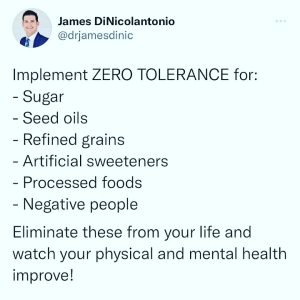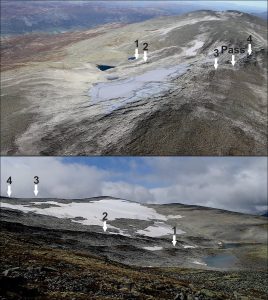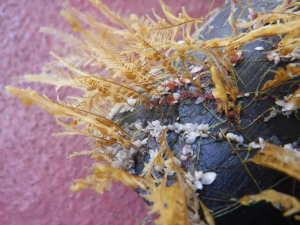
The future of our life’s foundations
|
Zuby On Gaps

Climate Emergency – Who To Trust?

Do Unto Others

Climate Does Change Naturally

People who have never heard of Roman Warming, or of the manipulation and concealment of raw temperature data by IPCC linked establishment scientists to prove the “hockey stick” temperature graphs called Climategate 1.0 & 2.0, or that melting glaciers in Norway are revealing artefacts lodged in the rocks below the Ice, meaning it was warmer back in the Iron Age & Medieval Period than now, proved by carbon dating, or those who have never heard of the phytoplankton carbon pump, or of the Milankovitch Cycles, and all the other regular warming and cooling cycles, or of Solar Inertial Motion, or of the Grand Solar Minimum, say I need to read more science..
The Voice – The Final Bullet

WATER IS LIFE
Copied and sharing this very IMPORTANT post :
Hi everyone.
This is Ayse Göknur Shanal here.
We are fighting for YOUR basic human right on this continent. Water.
The entire continent’s ecology and river system depends on the Great Artesian Basin. Our single largest underground water reservoir. Once it is contaminated by Santos’ Coal Seam Gas activity on Pilliga Forest, there will be no turning back.
Once 850 coal seam gas wells are running, the farmers in Narrabri will lose their water permanently. Your food does not come from Woolworths & Coles. It comes from Narrabri. THIS IS YOUR FOOD.
To inform yourselves watch documentary The Pilliga Project. 34 mins only.
There is nothing more important than WATER on this continent. I hope you understand how serious this situation is.
Time to join the Gomeroi People in the most important fight of our lives.
We must protect our water.
Please share this.
WATER IS LIFE.
Time is of the essence.
Unexpected species are colonizing rafts of plastic debris in the high seas

Coastal hydroid and gooseneck barnacles living on floating plastic collected in the North Pacific Subtropical Gyre.
Plastic pollution is creating mobile habitats for species once confined to the coasts.
It used to be that coastal species lived in coastal habitats. This makes sense. But now, a new study describes a surprising number of coastal marine invertebrate species thriving in floating communities in deep ocean waters. What’s their secret? They are colonizing ever-expanding rafts of plastic debris.
The study was led by researchers from the Smithsonian Environmental Research Center (SERC) and the University of Hawai‘i (UH) at Mānoa. They found a diverse range of taxonomic groups of coastal species in the eastern North Pacific Subtropical Gyre on over 70 percent of the plastic debris they examined. Not only that, but the debris carried more coastal species than open ocean species.
No Place For Fear

